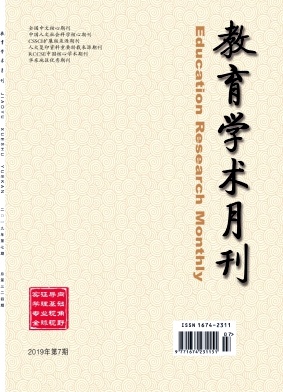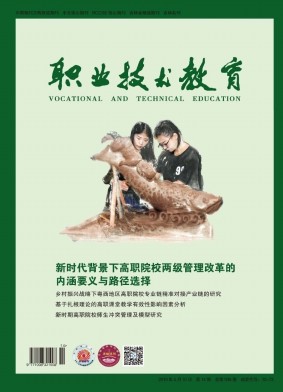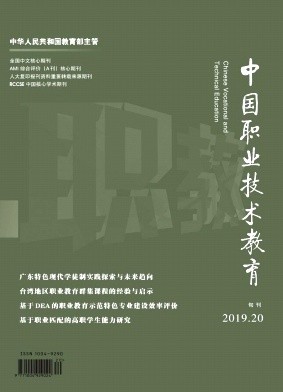摘要 气候变化和人为干扰正成为物种多样性丧失的重要驱动力。本文基于MaxEnt模型,探讨气候变化和人为干扰对中国3种金丝猴(川金丝猴Rhinopithecus roxellana、滇金丝猴R.bieti和黔金丝猴R.brelichi)地理分布变迁的影响:(1)气候变化和人为干扰导致3种金丝猴在2000年和未来(2050年)的适宜栖息地面积减少,分布海拔升高,其中黔金丝猴适宜栖息地面积减少最大,川金丝猴在四川东北部、陕西西南部和湖北西北部的适宜栖息地,滇金丝猴在云南西部的适宜栖息地面积收缩;(2)人为干扰指数是导致金丝猴适宜栖息地面积减少的重要因素,最暖季度平均温度、降水量变异系数、最冷季度平均温度是分别影响川金丝猴、滇金丝猴、黔金丝猴适宜栖息地的最重要气候因子;(3)川金丝猴栖息地的西南部,滇金丝猴栖息地的中部具备高连通性,适合亚群之间的交流。基于上述结果,我们建议减少低海拔地区的人类活动,并加强在受气候变化和人类干扰影响严重的栖息地进行预见性保护,比如提前规划、扩大保护地范围,在栖息地连通性低的地区修建生态廊道。我们的结果为濒危动物的保护和生态廊道的修建提供了理论依据和技术支持。 Climate change and the human activities on the environment are important drivers of biodiversity loss.based on MaxEnt models, we studied the impacts of climate change and the human footprint on predicted range shift in the Sichuan snub-nosed monkey(Rhinopithecus roxellana),the Yunnan snub-nosed monkey(R.bieti),and the Guizhou snub-nosed monkey(R.brelichi).All three species are endemic to China.We found that areas of suitable habitat for the three snub-nosed monkey are shrinked and the elevation of the distribution area was increased from 2000 to 2050,of which suitable habitat for Guizhou snub-nosed monkey was contracted the most.And habitats of snub-nosed monkeys that are most vulnerable to human disturbance and climate change were principally located in Northeast Sichuan Province, Southwest Shaanxi Province, Northwest Hubei Province, Fanjingshan in Guizhou Province, and the western part of Yunnan Province.Human footprint index was an important factor leading to the decrease of suitable habitat area of golden snub-nosed monkey.And mean temperature of warmest Quarter, Precipitation Seasonality and Mean Temperature of Coldest Quarter were the most important climatic factors leading to the decrease of suitable habitat for Sichuan snub-nosed monkey, Yunnan snub-nosed monkey and the Guizhou snub-nosed monkey.In addition, the southwestern of habitat(Sichuan snub-nosed monkey)and the central part of habitat(Yunnan snub-nosed monkey)had high connectivity.We suggest that priority management policies should be directed to protecting vulnerable areas and building a biodiversity corridor between subpopulations in areas with high connectivity.This study provides a basis for predicting the location of vulnerable habitats that require protection in order to conserve endangered animals.
出处 《兽类学报》 CAS CSCD 北大核心 2021年第3期310-320,共11页 Acta Theriologica Sinica
基金 国家自然科学基金项目(31872248) 兰州大学中央高校基本科研业务费专项资金资助(lzujbky-2020-ct02)。
关键词 气候变化 人为干扰 濒危动物 仰鼻猴属 MaxEnt模型 Climate change Human footprint Endangered animals Snub-nosed monkey MaxEnt model
分类号 Q958.1 [生物学—动物学]




